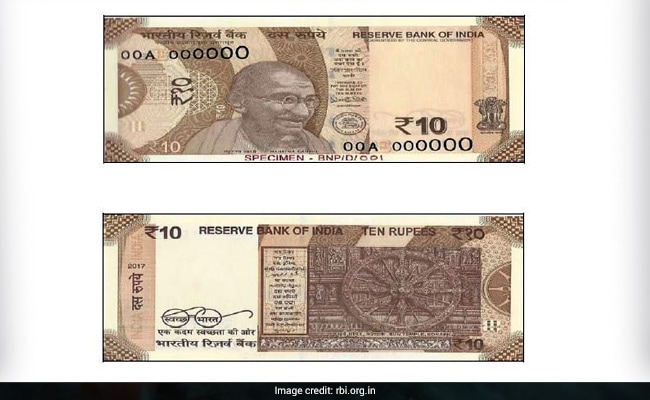Introduction
The Reserve Bank of India, in a notification, said that it will shortly issue New Indian Currency of Rs. 10/- denomination notes in the New Mahatma Gandhi Series, bearing the signature of Dr Urjit R. Patel.
In India, the Reserve Bank of India is solely responsible for the issuance and distribution of currency. The RBI on the basis of the Reserve Bank of India Act, 1934 plays the role of designing and producing currency. Let’s have a look at how currency reaches your pockets:
Production
- The Security Printing and Minting Corporation of India Limited (SPMCIL), owned by the Government of India, is responsible for printing notes and minting coins.
- It has printing presses at Nasik in Maharashtra and Dewas in Madhya Pradesh.
- It also has four mints for coin production at Mumbai, Noida, Kolkata and Hyderabad.
The Bharatiya Reserve Bank Note Mudran Pvt. Ltd. (BRBNMPL), owned by the RBI, also has printing presses at Mysore in Karnataka and Salboni in West Bengal.
Issuance and Distribution
- RBI has selected branches of banks called Currency Chests which facilitate the distribution of currency.
- They have been established with State Bank of India, six associate banks, nationalized banks, private sector banks, a foreign bank, a state cooperative bank and a regional rural bank.
- They distribute notes and coins to other bank branches in their area.
Issuance of New Indian Currency after Demonetization
- After the government’s decision to demonetize old Rs 500 and Rs 1000 notes on November 8, 2016, it came out with new currency notes having denominations of Rs. 2000 and Rs. 500.
- Subsequently, RBI has also rolled out new Rs. 200 and Rs 50 notes.
- Recently, the RBI has also launched a new design of Rs. 10 note.
New Rs. 10/- Note & How it differs?
Let’s start with the newly launched Rs. 10 note.


- The new Rs. 10 note will be in chocolate brown colour instead of the previous orange colour.
- On the front, other designs and geometric patterns aligning with the overall colour scheme which are see-through register with denominational numeral 10, written also in Devanagari script and Mahatma Gandhi at the centre.
- The reverse will have a motif of the Konark Sun Temple while the old Rs 10-note carries the image of Indian fauna consisting of rhinoceros, elephant and tiger.
- The new Rs. 10 notes will have the same height of 63 mm but it’s width of 123 mm will be 14 mmlesser than the old notes.
- The front also carries Guarantee Clause, RBI Governor’s signature and Ashoka Pillar.
New Indian Currency of Rs. 50, Rs. 200, Rs. 500 and Rs. 2000


- The new Rs. 50 has florescent blue colour in the New Mahatma Gandhi Series bearing Patel’s signature.
- The reverse carries a motif of Hampi with Chariot along with the Swachh Bharat logo and slogan instead of the image of Indian Parliament with a hoisted flag on the old Rs 50 note.Dimension 135 x 66 mm.
- The bright yellow Rs. 200 note features a motif of the Sanchi Stupa in Madhya Pradesh on the reverse, depicting the country’s cultural heritage.
- To aid the visually impaired, it has a raised Identification mark H with micro-text Rs 200, four angular bleed lines with two circles in between the lines both on the right and left sides. Dimension 146 x 66 mm.
- The magenta coloured Rs. 2000 note bears the motif of Mangalayan (Mars mission) on the reverse and has a rectangle with Rs. 2000 in raised print on right as well as seven angular bleed lines in raised print to aid the visually impaired. Dimension 166 x 66 mm.
- The stone gray coloured Rs. 500 note has an image of the Red Fort with Indian flag on the reverse and has a circle with Rs. 500 in raised print on the right as well as five angular bleed lines in raised print to aid the visually impaired. Dimension 150 x 66 mm.
#ARCHANA
